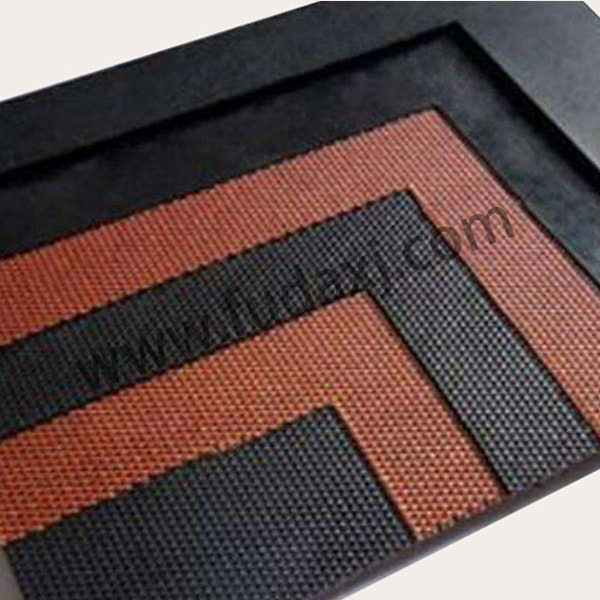
Selecting the right EP (ethylene propylene) conveyor belt can depend on various factors such as the application, the conveyor system, the materials being conveyed, and the environment. Here are some steps that you can follow to choose an EP conveyor belt:
Consider the application: The type of application and the material being conveyed should be taken into account when selecting an EP conveyor belt. For example, if you are conveying heavy, sharp-edged materials, you would need a belt with high tensile strength and abrasion resistance.
Evaluate the conveyor system: The conveyor system's design, speed, and load capacity can influence the type of conveyor belt you need. Ensure that the belt you choose can handle the conveyor's design parameters.
Assess the environment: The environment where the conveyor will be operating should be considered when selecting a belt. If the environment is wet, hot, or dusty, a belt with good resistance to moisture, heat, and abrasion is recommended.
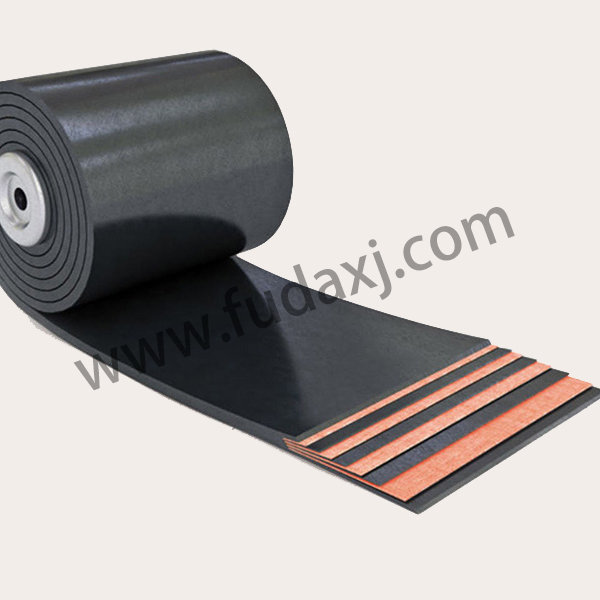
Determine the required belt thickness: The thickness of the conveyor belt can affect its durability and performance. A thicker belt may be required for heavy-duty applications, while a thinner belt may be suitable for lighter loads.
Compare specifications: Once you have identified your requirements, compare the specifications of different EP conveyor belts to find the one that best meets your needs. Consider factors such as tensile strength, elongation, abrasion resistance, and temperature resistance.
Consult with experts: If you are unsure about which EP conveyor belt to choose, consult with conveyor belt experts. They can provide valuable guidance and recommend a belt that is best suited for your application.
By following these steps, you can choose the right EP conveyor belt for your application and ensure optimal performance and durability.
 English
English 简体中文
简体中文 Español
Español عرب
عرب
 English
English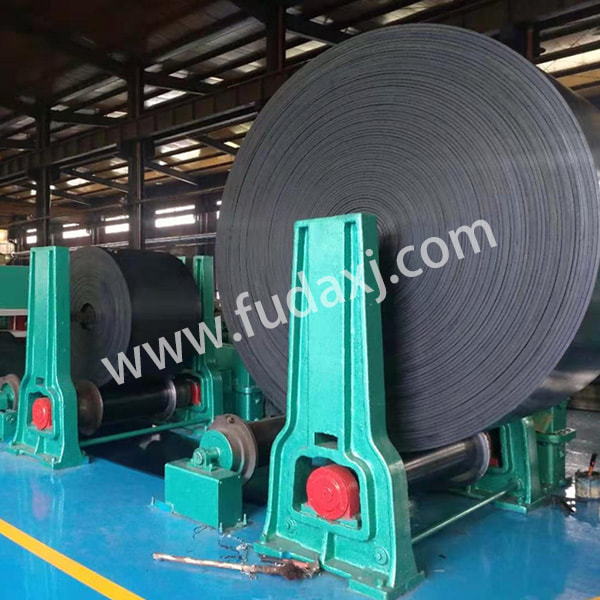

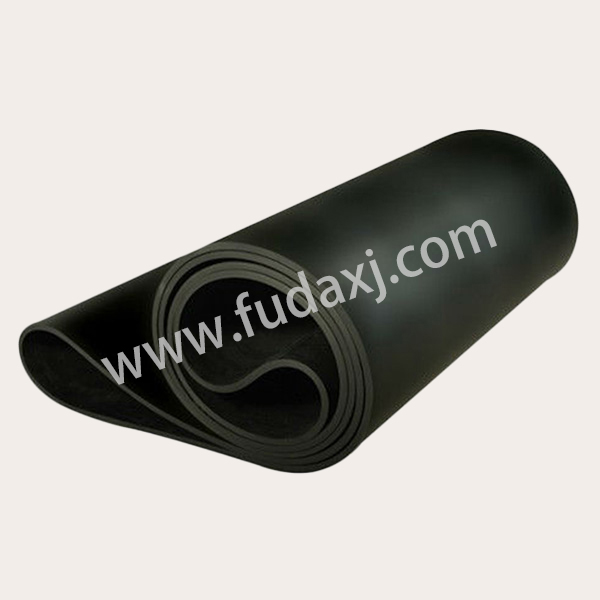
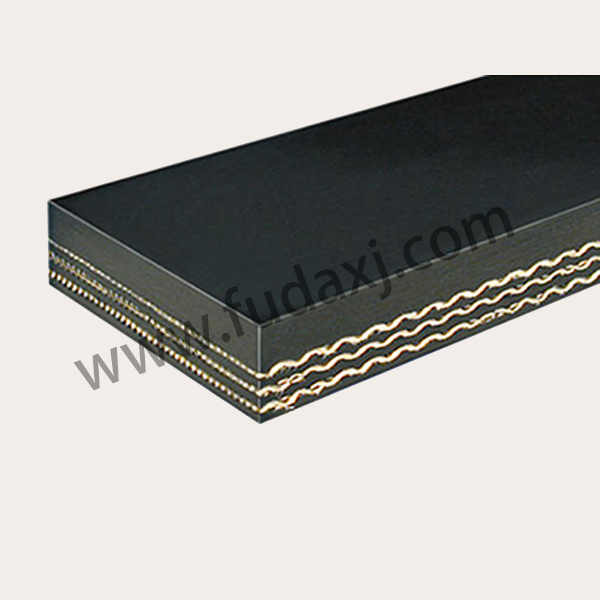


 Fax: 0086-576-83019528
Fax: 0086-576-83019528